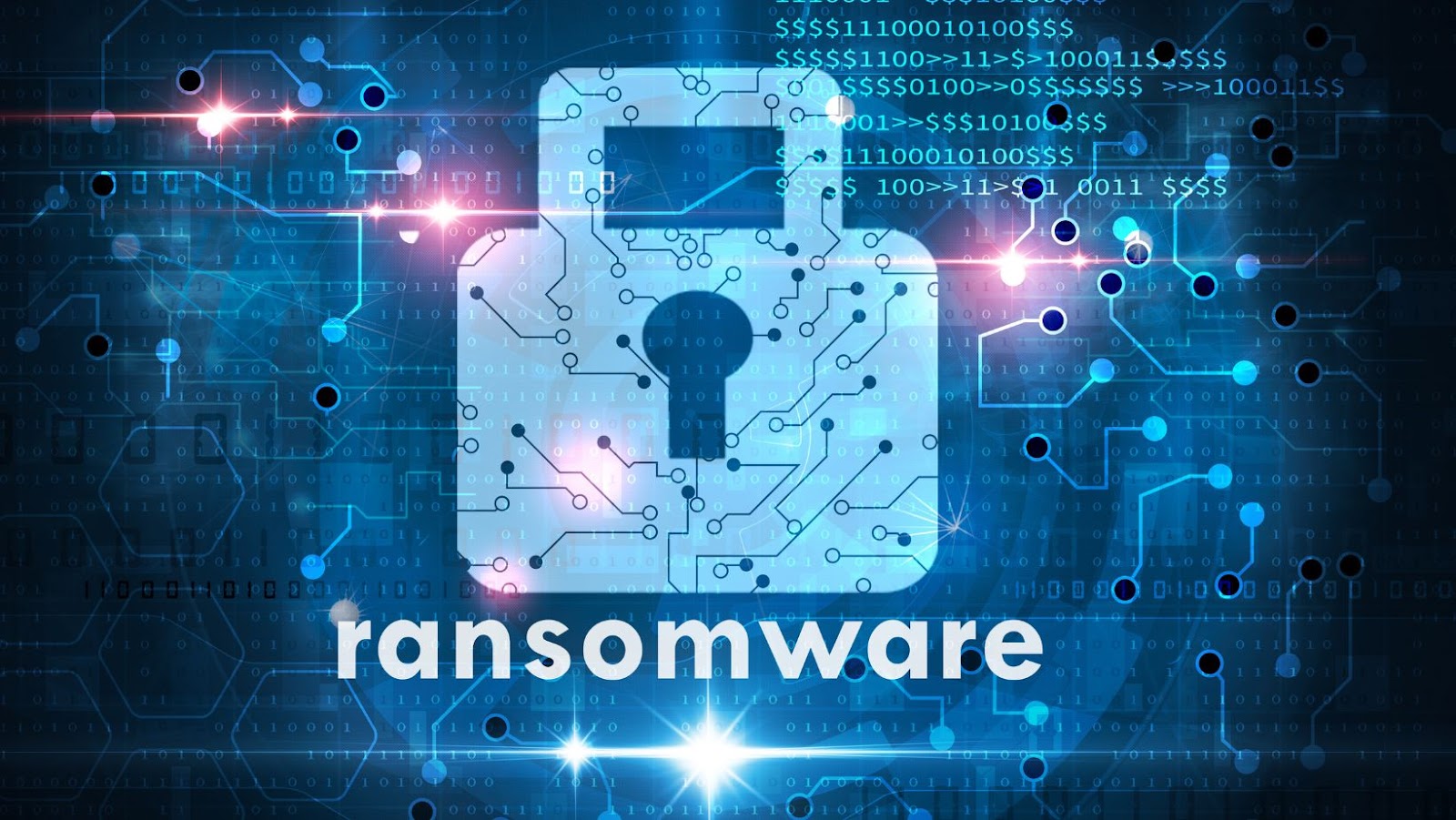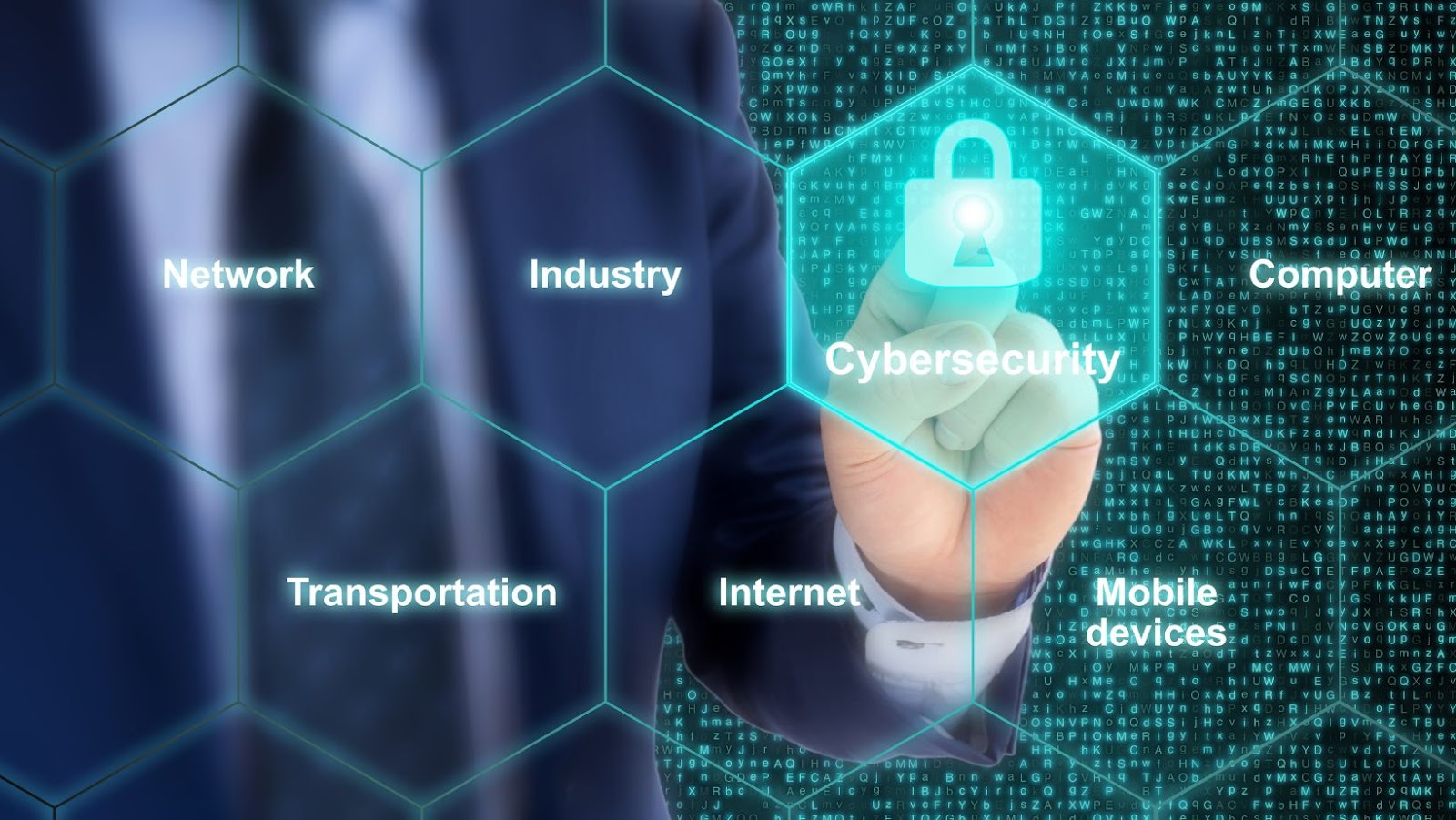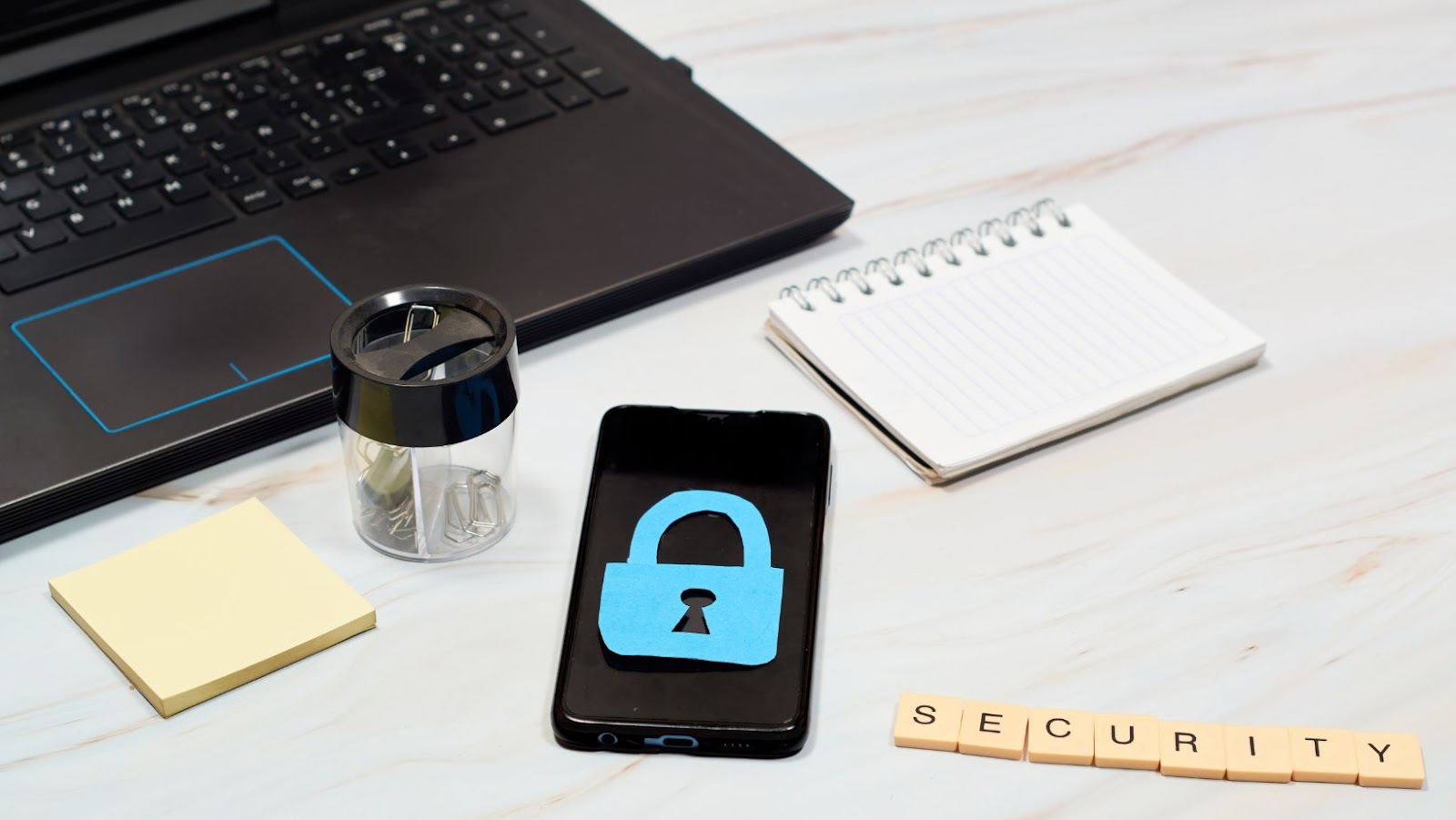
This partnership will bring forth new technologies and methodologies that will help protect businesses from cyberattacks in today’s increasingly hostile digital landscape.
In this article, we will dive into how Cloudflare, CrowdStrike, and Ping Identity collaborate to promote a stronger U.S. cybersecurity posture.
Cloudflare, CrowdStrike, and Ping Identity Join Forces to Strengthen U.S. Cybersecurity in Light of Increased Cyber Threats
The United States is home to some of the world’s most sophisticated and powerful cyber technologies. Yet, at the same time, the U.S. also has one of the most vulnerable cyber systems; making it a prime target for malicious actors worldwide. As a result, public and private entities must strengthen their overall cybersecurity posture to protect government and private networks, data and critical infrastructure from malicious actors.
The current U.S. cybersecurity landscape is characterized by vulnerable endpoints, inadequate security measures and limited resources to combat cyber threats daily. For example, although organizations may deploy firewalls and antivirus software at their endpoints to protect their systems from cyber criminals, these measures may be ineffective against some of the more advanced cyberattacks such as advanced persistent threats (APTs) and zero-day exploits which rely on undiscovered or unknown software vulnerabilities or codes to penetrate networks quickly and easily.
In addition to application level vulnerability issues, outdated operating systems (OSs), out-dated network protocols/ standards that do not meet today’s security requirements can leave organizations more exposed than ever before. Furthermore, with many users now utilizing mobile devices for both business and personal activities without any supporting protections or security policies in place makes them particularly attractive targets for hackers who may use Trojan horses or use other social engineering tactics such as phishing emails in order to gain access to corporate data or even worse; control over entire networks/systems themselves through malware infections such as ransomware etc Thus it is clear that enhancing overall cybersecurity posture requires an ongoing effort both from public sector institutions and commercial enterprises alike – emphasizing knowledge sharing practices through industry led initiatives in order to raise awareness of emerging threats (new attack vectors) as well as enabling end users with better preventive measures are needed going forward if U.S organizations should hope to stand up against current & future generations of sophisticated hackers/Nations-state sponsored attacks occurring within our own borders as well overseas/.

The need for a stronger U.S. cybersecurity posture
The need for a stronger U.S. cybersecurity posture has never been more important as we face a complex and dynamic cyber threat landscape. With the rise of sophisticated malware, phishing attempts, ransomware, and other malicious activities, Americans must be prepared to protect their businesses, institutions, and personal data. A stronger cybersecurity posture would provide better protection against Cyber Crimes such as Identity Theft, Data Breaches and Business Espionage. Additionally, it would ensure the safety of critical infrastructure from cyber espionage attempts and safeguard crucial information from manipulation or disruption.
To strengthen our nation’s security posture, multiple solutions must be addressed:
- Improving government-wide IT security standards in alignment with best practices.
- Educating Americans about cyber dangers.
- Increasing the capabilities of federal agencies to counter threats.
- Creating incentives for businesses to adopt better data protection practices.
Advanced solutions such as Artificial Intelligence (AI) can provide greatly enhanced results by automating security processes in real time for improved detection accuracy and speed that can be used for both prevention and remediation efforts. AI-based solutions also have an increasing role in more accurately analyzing large amounts of data needed to identify anomalous activities through machine learning algorithms.
By implementing stronger security protections while encouraging participation including education across all sectors of society – public, private, commercial – a robust cybersecurity posture will help reduce risk while still allowing innovation within our increasingly digital society so that each person can safely pursue their vision securely online – no matter their technical ability or knowledge base level when it comes to IT Security awareness.
Cloudflare, CrowdStrike, and Ping Identity Join Forces
In light of the recent cyber threats and increasing concern about the security of U.S. systems, three of the most prominent cybersecurity providers, Cloudflare, CrowdStrike, and Ping Identity, have joined forces to strengthen U.S. cybersecurity efforts.
The companies plan to combine their resources and capabilities to create a stronger, more secure environment for U.S. systems.
Let’s look at how this initiative will help protect the U.S. from cyber threats.
Overview of the collaboration
Cloudflare, CrowdStrike, and Ping Identity have joined forces to strengthen the United States’ cybersecurity posture. Through this collaboration, the companies are working to advance the country’s ability to protect its data and networks from malicious cyber threats. As a result, the U.S. government is better equipped to address potential attacks from nation-state actors or other threat actors and maintain a secure environment for citizens conducting online activities.
This partnership allows for greater intelligence sharing between organizations and will provide improved security for national critical infrastructure such as communication networks, power grids, dams, and water systems. Along with reducing vulnerability against cyber threats, the collaboration will lead to the development of new technologies that aid in identifying vulnerabilities and implementing preventive measures against malicious attacks. These technologies may include advanced analytics platforms that leverage machine learning algorithms to automatically detect malware infections on endpoints or features such as improved identity standards and protocols that provide stronger authentication methods.
The enhanced capabilities provided by this collaboration also extend beyond security improvements related to network infrastructure and industry standards; it has enabled Cloudflare, CrowdStrike and Ping Identity to collaborate closer for them to create innovative solutions for customers that span a wide range of products including cloud-centric identity management platforms as well as endpoint detection solutions; these are specifically designed at preventing any data breaches from occurring within an organization’s systems and networks. This initiative will also help drive further adoption of new technologies amongst federal customers while strengthening current security initiatives across both public-and private-sector organizations throughout the United States.

Goals of the collaboration
The collaborative Cybersecurity Alliance among Cloudflare, CrowdStrike, and Ping Identity was recently established to help strengthen the nation’s cybersecurity posture. Its goal is to ensure state-of-the-art security capabilities are available not only to government agencies, but also to enterprises, small and medium businesses worldwide. The collaboration brings together the expertise of three leading companies, committed to utilizing the best available technologies, backed by the shared goal of tighter security and greater resilience.
The Cybersecurity Alliance’s mission starts with transforming legacy security practices by modernizing controls, eliminating manual effort—reducing operational costs while increasing productivity. Next, it entails bringing together new capabilities from network security layers across multiple vendors, thereby introducing a single unified view into an environment that is hyper connected and increasingly moving toward cloud computing. Finally, the collaboration aims to provide organizations with one integrated platform for security analysis that enables rapid incident response.
Additionally, it focuses on preventive measures such as SecOps automation for improved visibility across cloud resources to detect subtle threats more quickly and reliably prevent data breaches before they occur. Finally, it seeks to develop an advanced approach to threat intelligence through machine learning-enhanced analytics of past attacks so that organizations can stay ahead of ever-evolving cyber threats.
Benefits of a Stronger U.S. Cybersecurity Posture
In light of the increase in cyber threats, industry giants Cloudflare, CrowdStrike and Ping Identity have joined forces to help strengthen the United States’ cybersecurity posture.
The collaboration will help enhance the nation’s defences against cyberattacks by improving the security of US government and business networks, enabling secure authentication and access, and helping to protect critical infrastructure from attacks.
It is important to understand the benefits this will bring, such as a more secure online environment for businesses and citizens, an improved trust in the digital space, and an overall better security posture for the country.
Improved detection of cyber threats
An important benefit of a stronger U.S. cybersecurity posture is improved cyber threats and vulnerabilities detection. Many organizations have weak defense networks, leaving them open to external attacks or intrusion. With better security, government and corporate entities can be better prepared to prevent and/or detect malicious network activity. Improved systems can also reduce the time it takes to identify a risk before it causes serious damage or loss to an organization’s assets.
Detection capabilities have several advantages that organizations should consider when determining their overall cybersecurity strategy:
- Detection is the first step in cyber defense; the sooner cyber threats are identified and contained, the more quickly an attack can be prevented from causing significant financial loss or confidential data breaches.
- Vulnerability scanning can help detect weaknesses in an organizations’ infrastructure such as misconfigurations, outdated software, insecure protocols, vulnerable services and weak user authentication, allowing organizations to patch vulnerabilities before hackers exploit them for malicious purposes.
- Real-time threat intelligence enables organizations to take countermeasures against known threats before they result in disaster.
- Network monitoring systems can analyze vast amounts of data in real time for suspicious activity like unusual access attempts or unauthorized file transfers that may indicate malicious behavior by insiders or outsiders attempting to access sensitive information.

Increased protection of critical infrastructure
Given today’s interconnected world, a stronger U.S. cybersecurity posture is needed to protect critical infrastructure from malicious cyber attacks. Critical infrastructure systems are essential to the nation’s economic and national security. These range from electrical grids and water systems to transportation networks and financial institutions, all of which can suffer negative consequences should they be infiltrated by criminals or hackers.
A strong U.S. cybersecurity posture provides improved protection of critical infrastructure against such malicious threats as ransomware, data breaches, nation-state sponsored espionage activities, and sophisticated hacking campaigns specifically targeted towards critical systems. The government must create policies and regulations that mandate higher standards for protecting these assets from potential cyber threats to accomplish this goal. This includes implementing appropriate authentication protocols for access control; enforcing stringent password policies; implementing stronger data encryption solutions; strengthening firewall protections; providing training on secure coding practices; conducting regular security audits; developing malware detection sensitivities; and instituting precise incident response protocols in case a breach does occur.
These measures will help protect critical infrastructure assets from unauthorised access while also helping to reduce the impact of a potential cyber attack if/when one occurs, thus allowing organisations to remain better equipped in defending their systems against threats targeting their operations. As a result, implementing a strong U.S. cybersecurity posture will help ensure that essential information and services remain secure while allowing government agencies to more effectively detect malicious activities before they become major issues impacting national security or the economy.
Enhanced data security
Enhanced data security is a primary benefit of a stronger U.S. cybersecurity posture. By increasing cybersecurity measures, U.S. organizations can keep data secure from malicious actors, unauthorized access, and other cyber threats. Improved access control systems, robust authentication protocols and regular vulnerability testing can all help to protect organizational data from potential attacks. Increased investment in identity management solutions can also help to improve how organizations define and store user credentials and account information.
These measures will protect digital assets and ensure that individuals’ personal information is safeguarded properly. In addition, the rise of connected devices has made it increasingly necessary for companies to maintain tight security controls on digital information to comply with applicable laws, regulations, and industry standards. A stronger U.S. cybersecurity posture will also help organizations take appropriate steps when it comes to protecting their sensitive customer information, financial records, products or services, intellectual property rights and other confidential assets from unauthorised use or modified access across the organization’s IT infrastructure or systems.
Conclusion
The joint effort between Cloudflare, CrowdStrike, and Ping Identity to help strengthen the U.S. cybersecurity posture is a testament to the ever-increasing need for cybersecurity within our nation. By collaborating, these companies have shown the capability to help protect the U.S from cyber-attacks and other threats.
In this article, we will discuss the importance of this critical collaboration, and what it means for the country’s cybersecurity posture.
Summary of the benefits of a stronger U.S. cybersecurity posture
A stronger U.S. cybersecurity posture can help protect citizens’ privacy, prevent damages from cyber espionage, and ensure smooth operation of the economy. The security of the nation’s networks and systems is a critical defense against cyber threats that can cause significant damage to national security, economic well-being, public safety and personal privacy.
Strengthening an organization’s cybersecurity includes implementing risk management best practices such as vulnerability assessments, patching of software systems as necessary, comprehensive network monitoring and access control validation processes. This can also involve strengthening digital authentication measures such as two-factor authentication and developing robust incident response plans for dealing with any potential breach event. Additionally, additional steps can be taken to increase cyber resiliency including regularly training personnel on how to report security incidents; proactively scanning networks for malicious activity; deploying software applications that are regularly updated with signatures from malware databases; encrypting sensitive data; utilizing application firewalls or virtual private networks (VPNs); securely configuring wireless routers or other access points/devices; using secure web servers/hosts for storing confidential data; regular system backups/network management; evaluate internet usage policies and user education to raise awareness about cybersecurity threats.
These steps will ensure that organizations can detect cybersecurity threats early on and take action before major damage is done. A strong U.S. cybersecurity posture will not only help protect against economic losses, but also provide citizens with greater protection of their personal information – promoting trust in the digital realm while allowing individuals, businesses and government agencies alike to continue benefitting from technology advancements safely and securely every day.
Recommendations for further strengthening U.S. cybersecurity
Many organizations have set out recommendations for governments, organizations, and individuals to further strengthen U.S. cybersecurity.
Government: The U.S. Government should establish a federal cybersecurity policy that sets clear objectives and requirements for the private sector and government agencies to help protect their networks, systems, and data. It should also ensure strong public-private coordination to enable rapid response efforts related to cyber incidents and better share intelligence about threats across sectors.
Organizations: Organizations should implement best practices including investing in modern tools and training that can detect anomalies in their system quickly and create a culture of security throughout the organization by having key stakeholders engaged in cybersecurity initiatives from the top-level down throughout the organization. They should also tap into external sources like threat intelligence organizations or service providers for additional insight into potential threats in the digital environment.
Individuals: Individuals must take an active role in safeguarding their personal information by regularly updating their software solutions with the latest patches and taking other measures such as creating strong passwords when accessing online accounts or using a Virtual Private Network (VPN) when browsing on public networks to protect their activities from malicious actors or hackers.
In addition to these recommendations, governments, organizations, and individuals alike should strive to maintain an up-to-date awareness of potential threats by regularly evaluating information from trusted sources on an ongoing basis so that they can stay ahead of emerging threats to successfully protect their digital assets for now and into the future.
tags = Cloudflare, CrowdStrike, and Ping, Join Forces, Strengthen U.S. Cybersecurity, Cyber Threats, cloudflare crowdstrike identity critical project usrileysiliconangle, Nasdaq, Critical Infrastructure Defense Project
